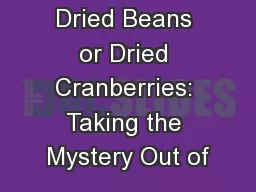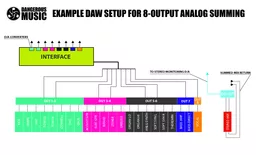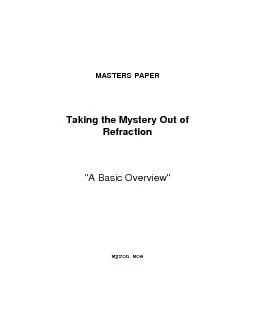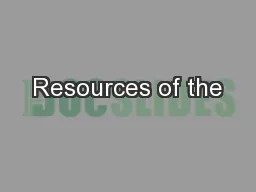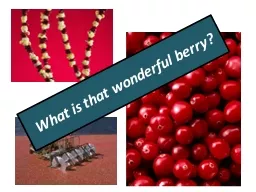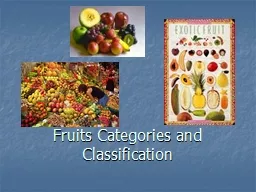PPT-Dried Beans or Dried Cranberries: Taking the Mystery Out of
Author : karlyn-bohler | Published Date : 2017-04-05
Rosie Krueger Vermont Child Nutrition Programs Why USDA Foods Foods purchased by the Federal Government Support American agriculture by removing surplus from markets
Presentation Embed Code
Download Presentation
Download Presentation The PPT/PDF document "Dried Beans or Dried Cranberries: Taking..." is the property of its rightful owner. Permission is granted to download and print the materials on this website for personal, non-commercial use only, and to display it on your personal computer provided you do not modify the materials and that you retain all copyright notices contained in the materials. By downloading content from our website, you accept the terms of this agreement.
Dried Beans or Dried Cranberries: Taking the Mystery Out of: Transcript
Download Rules Of Document
"Dried Beans or Dried Cranberries: Taking the Mystery Out of"The content belongs to its owner. You may download and print it for personal use, without modification, and keep all copyright notices. By downloading, you agree to these terms.
Related Documents

